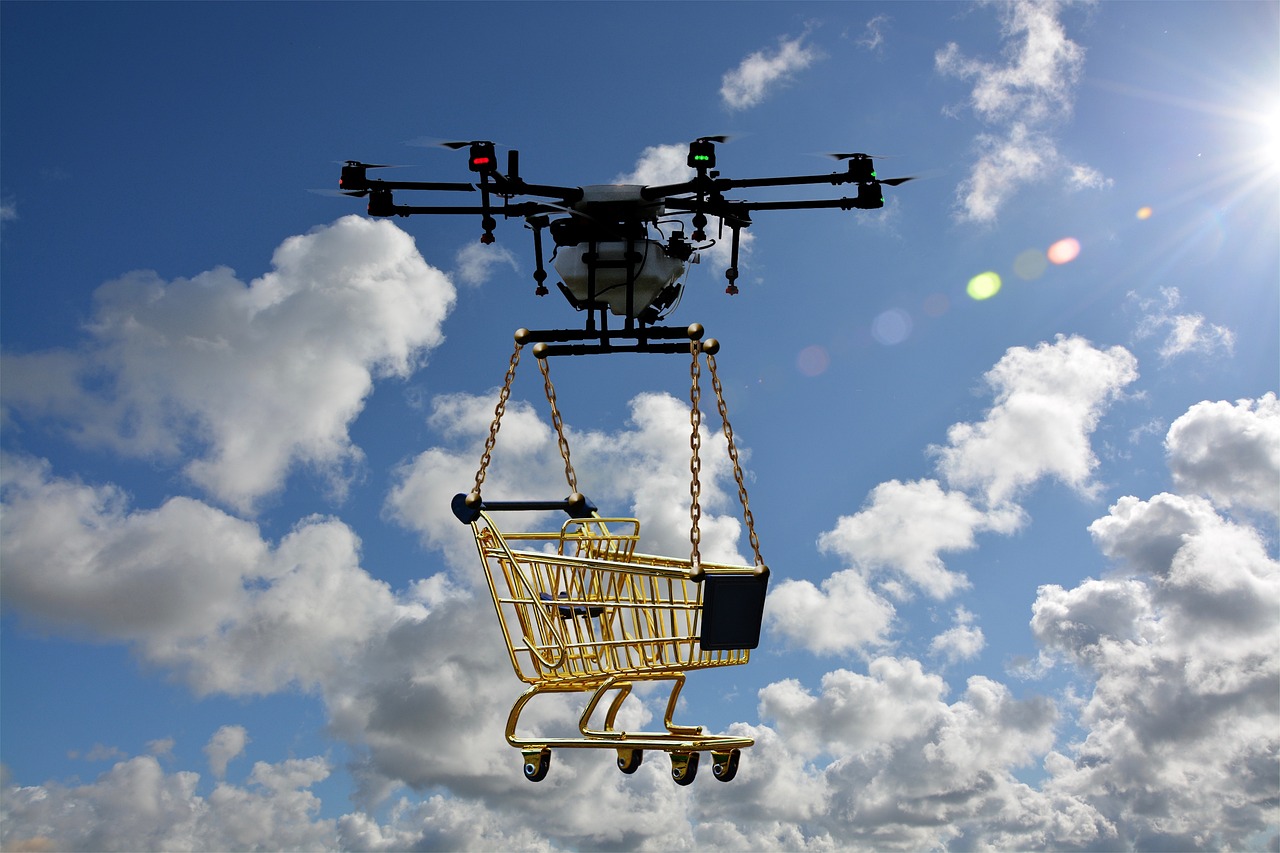AI’s infiltration into national security has altered the landscape of defense strategies significantly. The fusion of AI technology with drones, cyber capabilities, and defense systems has revolutionized warfare tactics, ushering in a new era of precision strikes and autonomous decision-making that challenge conventional ethical boundaries. This integration not only enhances data analysis, missile defense, and cybersecurity but also transforms the very concept of deterrence, driving nations towards a relentless pursuit of technological supremacy in the global arena.

The prevailing narrative emphasizes the necessity for nations to adapt to the evolving landscape of AI and drone warfare, urging preparedness for unforeseen developments in military engagements. This plea for readiness, articulated by respected figures like Mick Ryan and Peter W. Singer, underscores the importance of staying ahead of the curve in the face of emerging threats and opportunities in modern warfare.
However, beneath the surface of this purported preparedness lies a more sinister agenda. The Pentagon’s accelerated Replicator initiative, set to flood the military landscape with thousands of autonomous weapons systems within a remarkably short timeframe, unveils a dangerous trajectory towards automated warfare. These systems, devoid of meaningful human control, not only jeopardize international humanitarian law and human rights but also raise alarming concerns about the accountability and ethics of autonomous warfare.
The development of AI-powered systems for military operations, as spearheaded by major global powers, presents a grave risk to global security. Initiatives such as the Advanced Battlefield Management System (ABMS) and the Joint All-Domain Command-and-Control System (JADC2) demonstrate a relentless push towards delegating critical combat decisions to AI algorithms, potentially placing the fate of nuclear weapons in the hands of non-human entities. Despite vehement warnings about the catastrophic implications of such advancements, the Pentagon persists in allocating substantial resources towards the unchecked proliferation of AI in warfare.
Ukraine’s reliance on low-cost drones in defense against Russian aggression offers a stark example of the evolving dynamics of modern warfare. The utilization of autonomous weapons, cyberwarfare tactics, and satellite systems like Starlink for communication and drone operations underscores the intricate web of control and power in the hands of select individuals, such as Elon Musk. This centralized control over critical infrastructure raises concerns about the extent of influence wielded by a few in shaping the outcomes of global conflicts, blurring the lines between warfare and technological dominance.
In the relentless pursuit of military superiority through AI integration, a chilling pattern emerges. The intent of powerful entities to harness AI for autonomous warfare, the means by which lethal autonomous weapons systems are deployed, and the opportunity created by the lack of regulatory frameworks reveal a calculated effort towards consolidating control over global security. The convergence of AI, drones, and defense systems not only amplifies the risks of unintended consequences such as accidental nuclear war but also highlights the deliberate erosion of human oversight in critical decision-making processes.
As history unfolds in a chilling echo of past power grabs, the trajectory of AI in national security portends a future where the balance of power teeters on the edge of a precipice. The unchecked proliferation of autonomous weapons systems and the diminishing role of human agency in warfare paint a grim picture of a world where the fate of nations hangs in the balance of algorithms and machine intelligence. The stakes could not be higher, as the intersection of AI, drones, and defense systems heralds a new chapter in the age-old struggle for control and dominance, with the specter of unintended consequences looming large over the future of global security.

